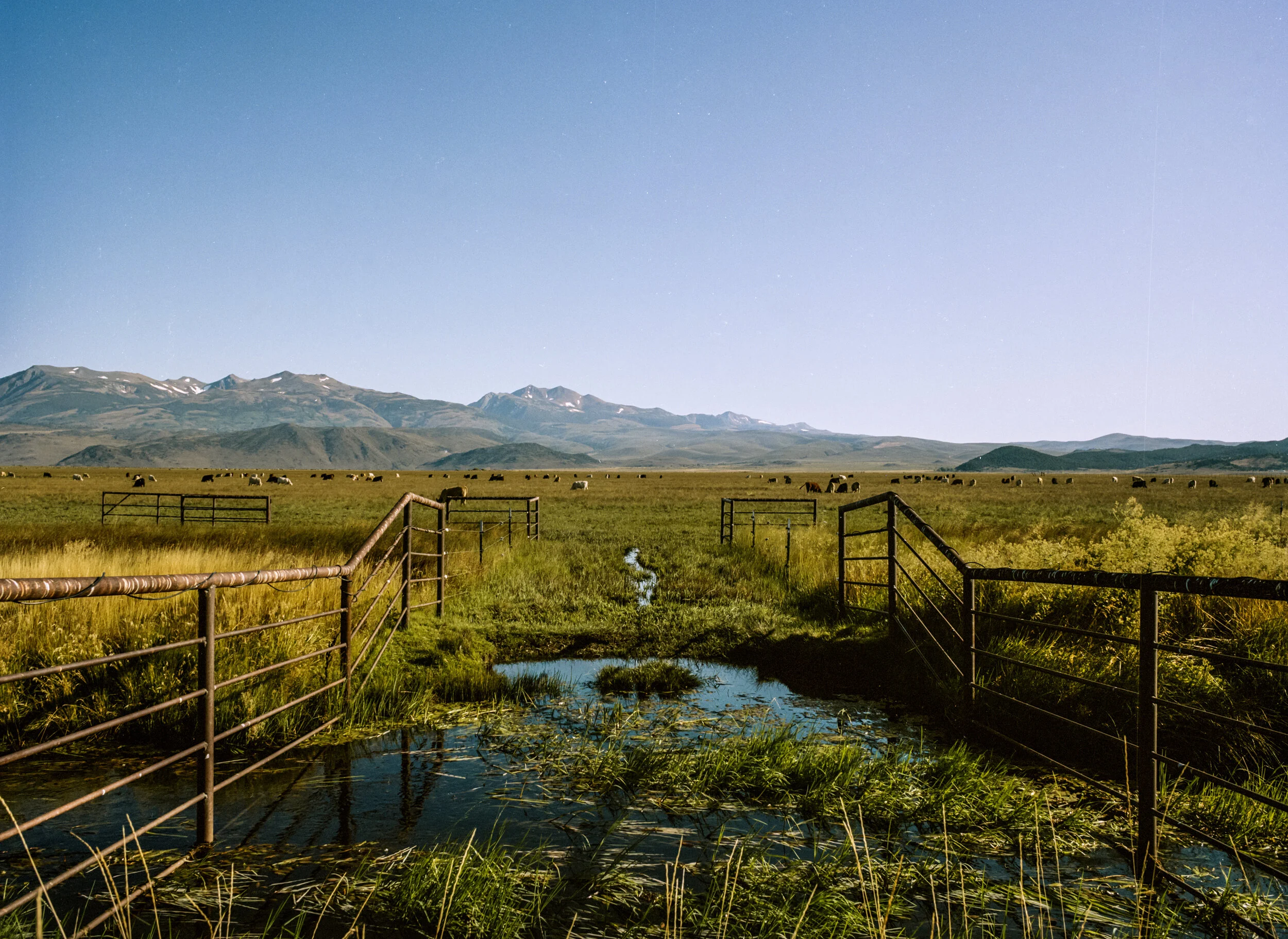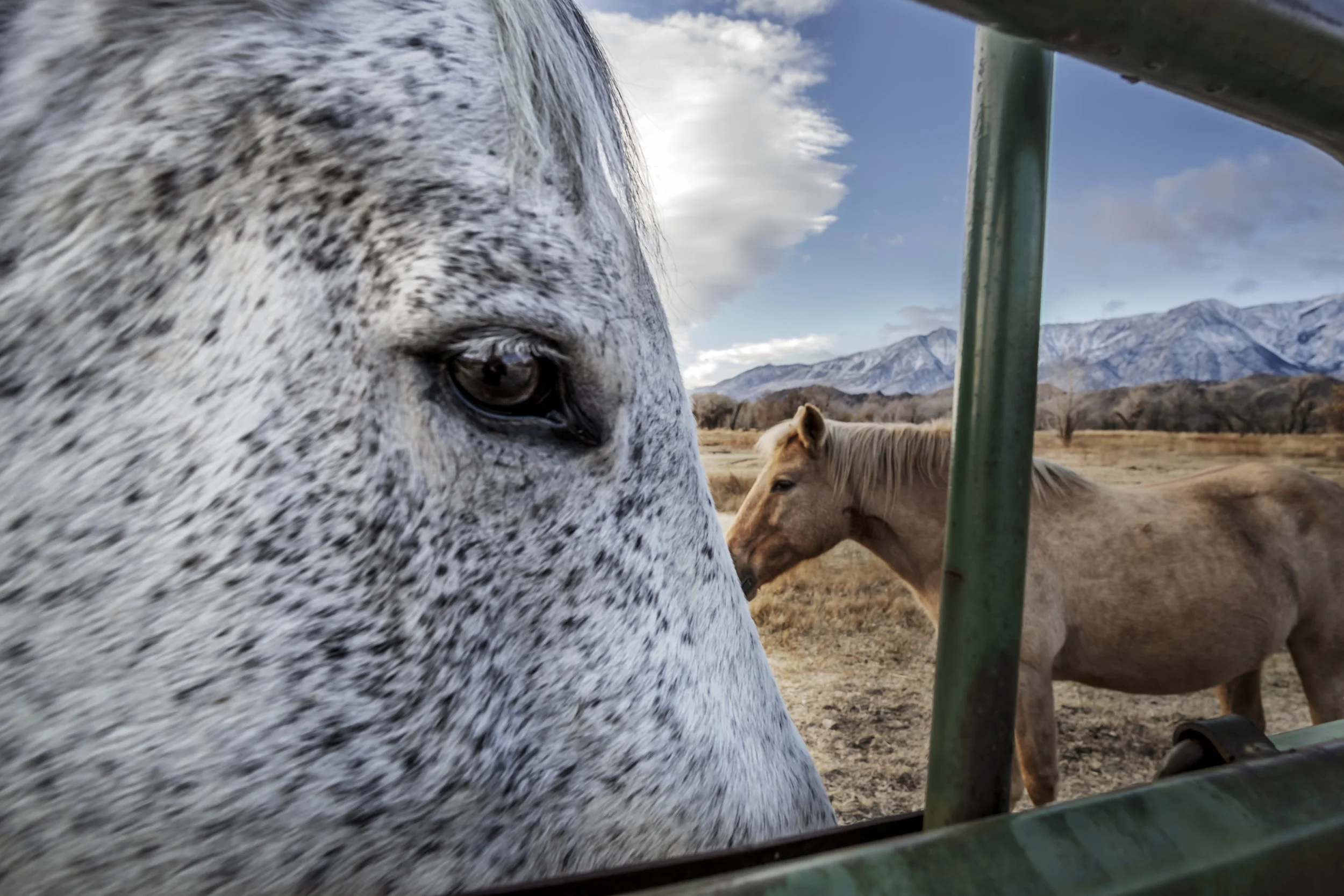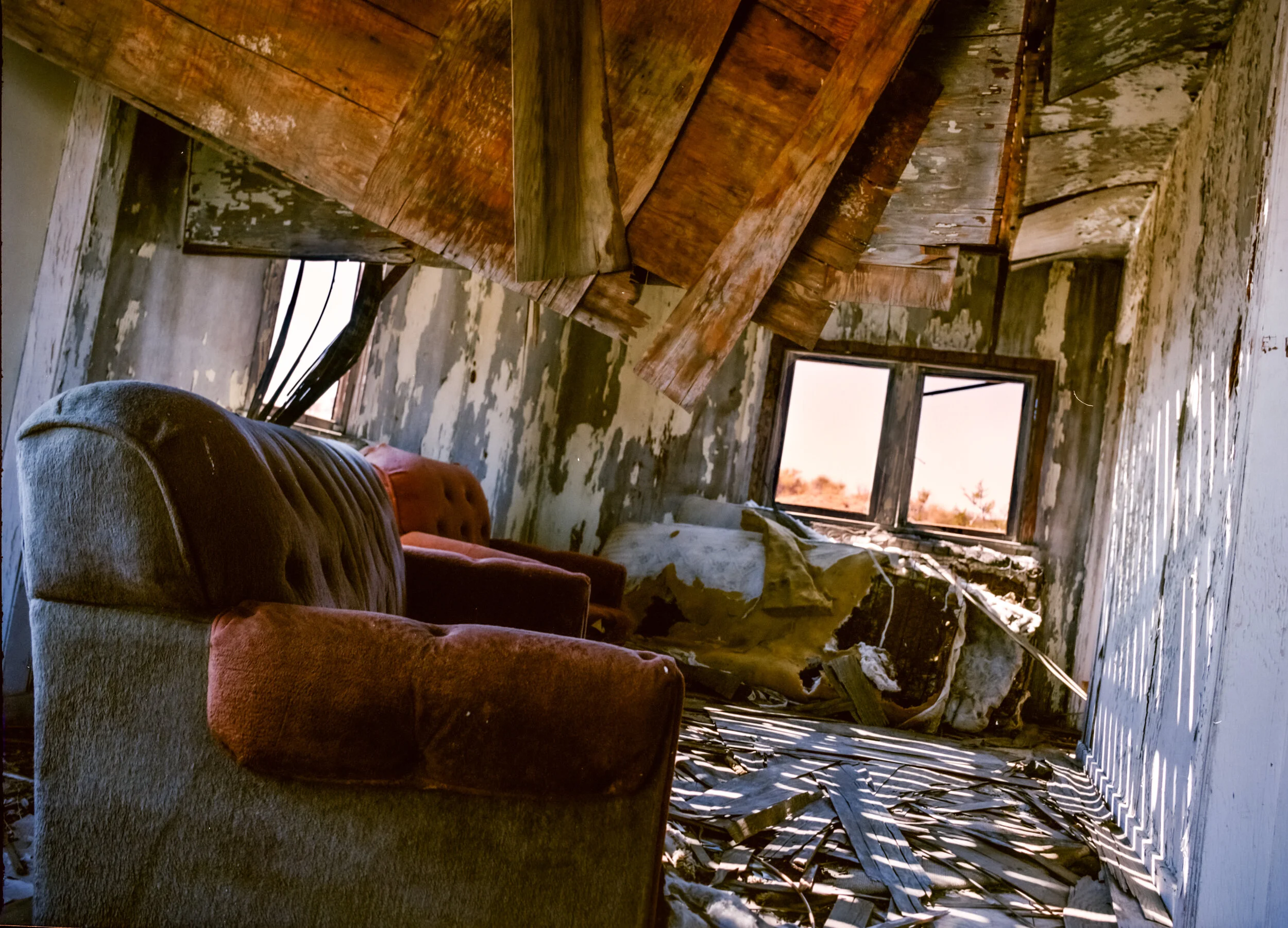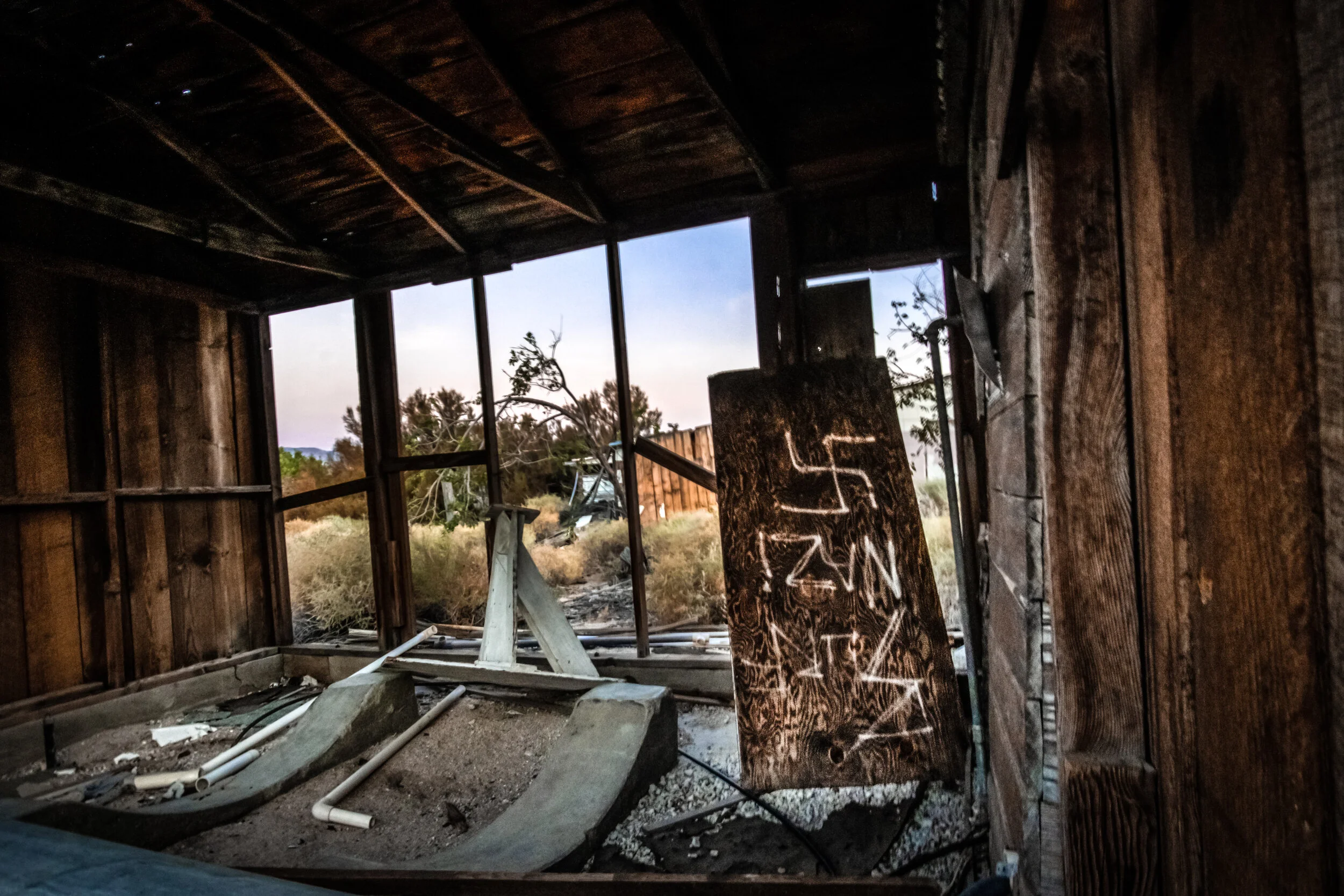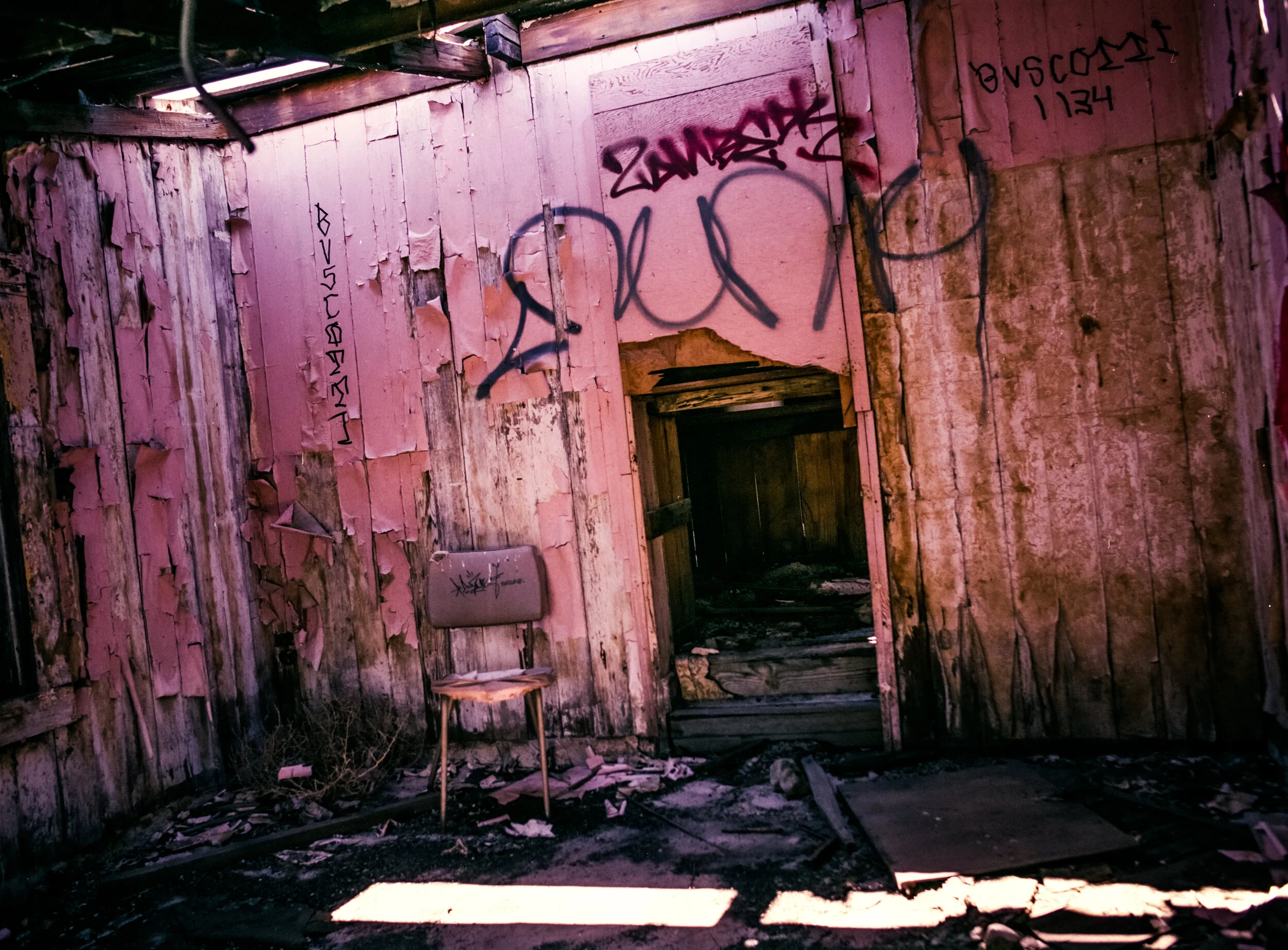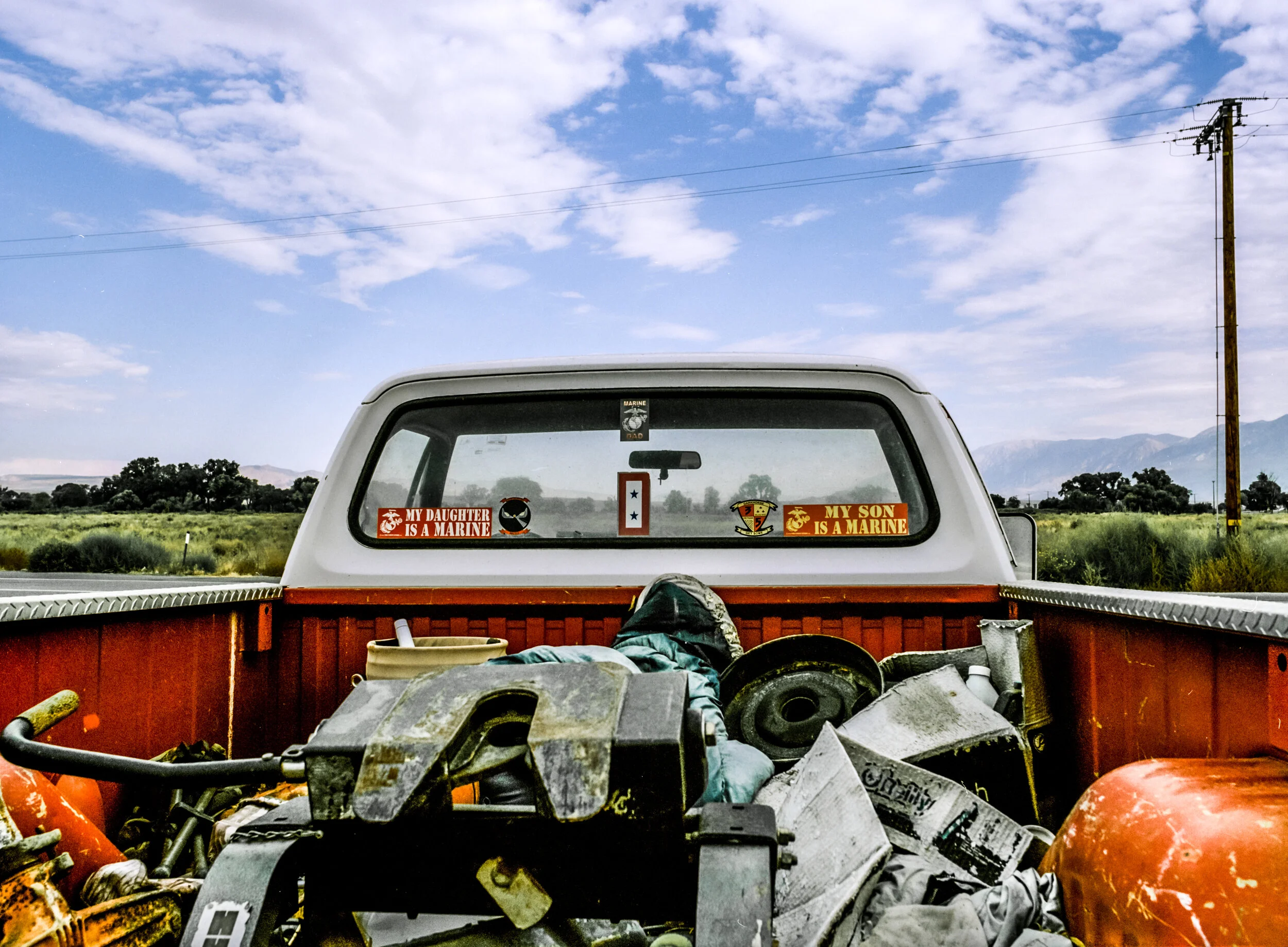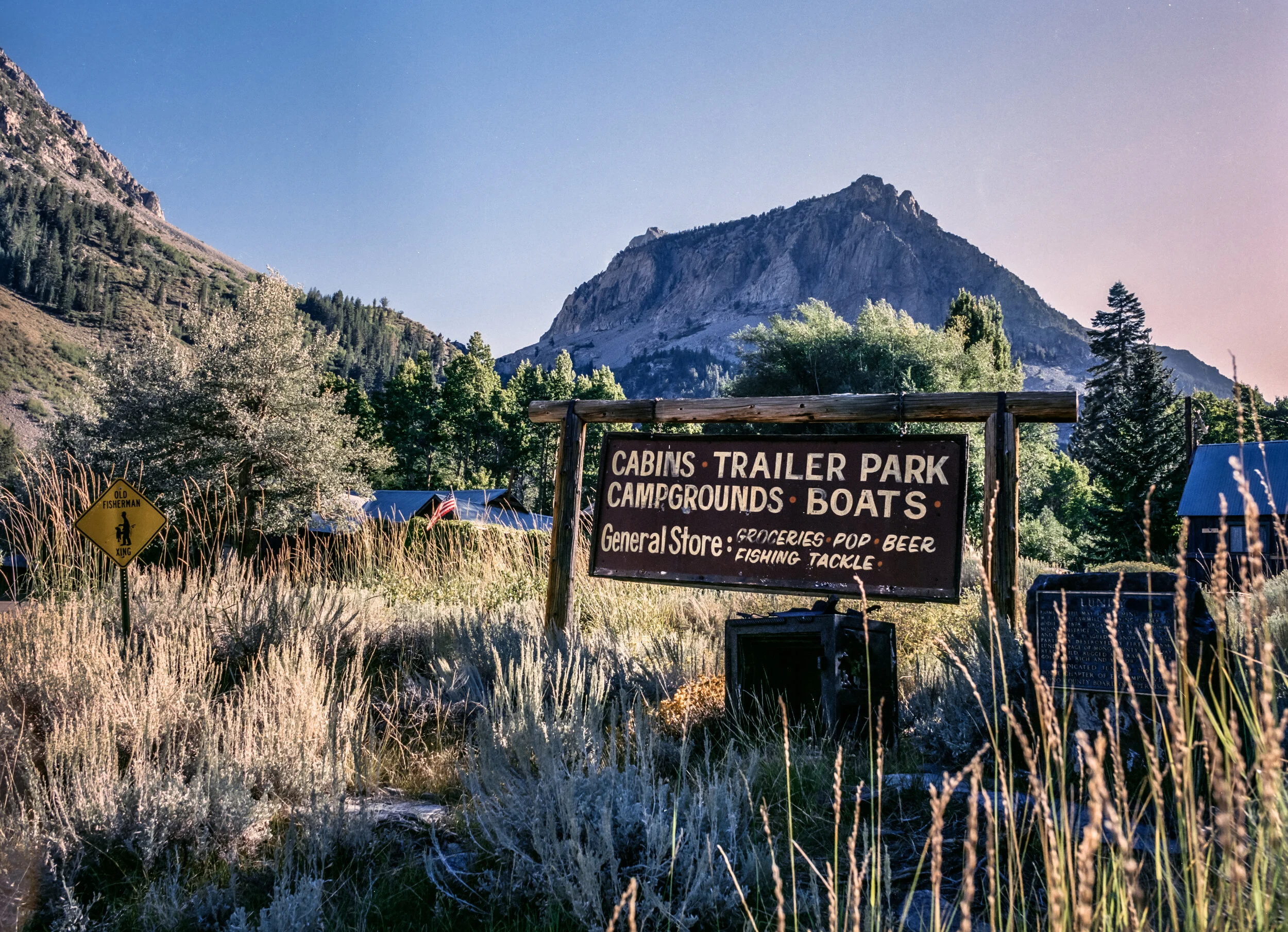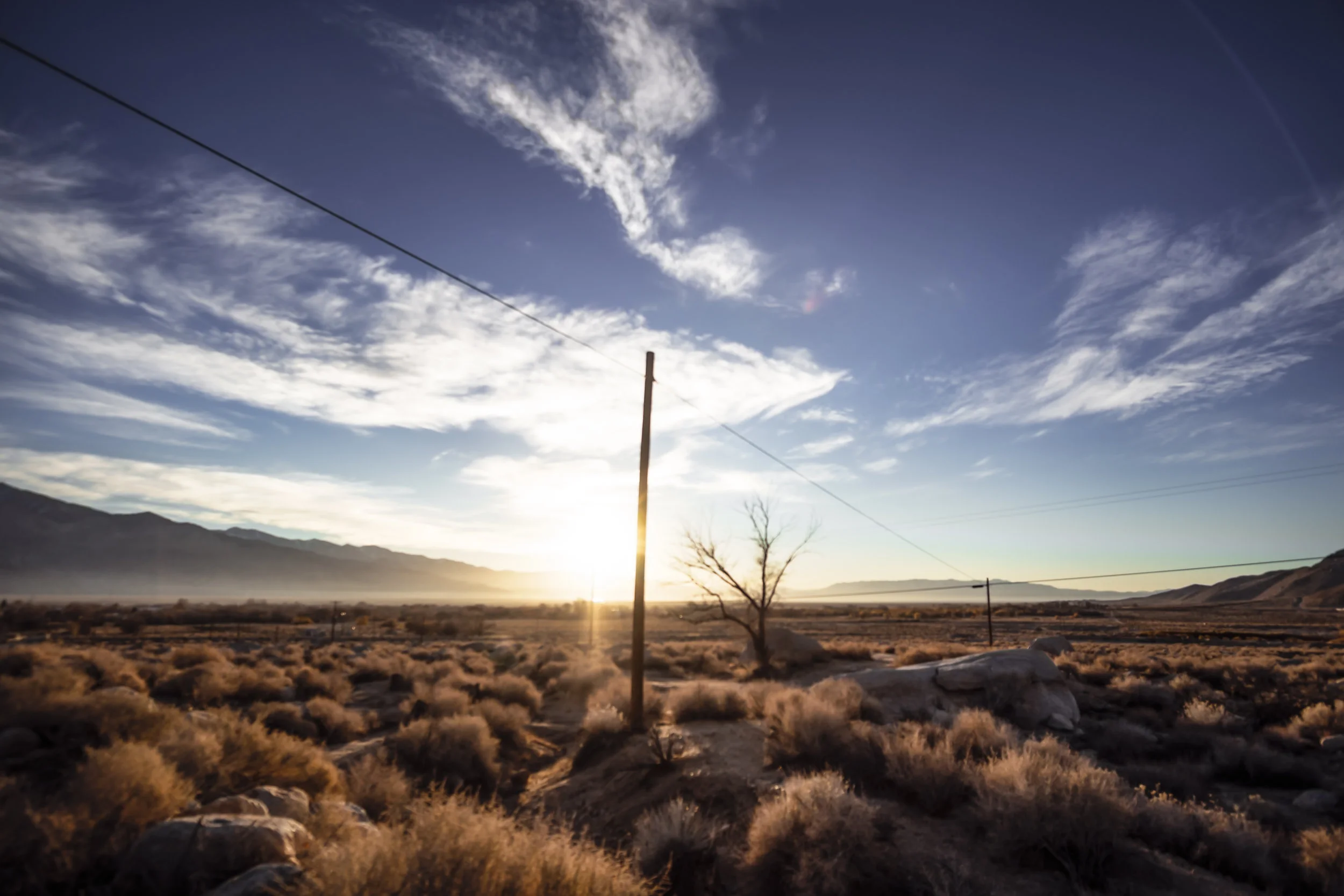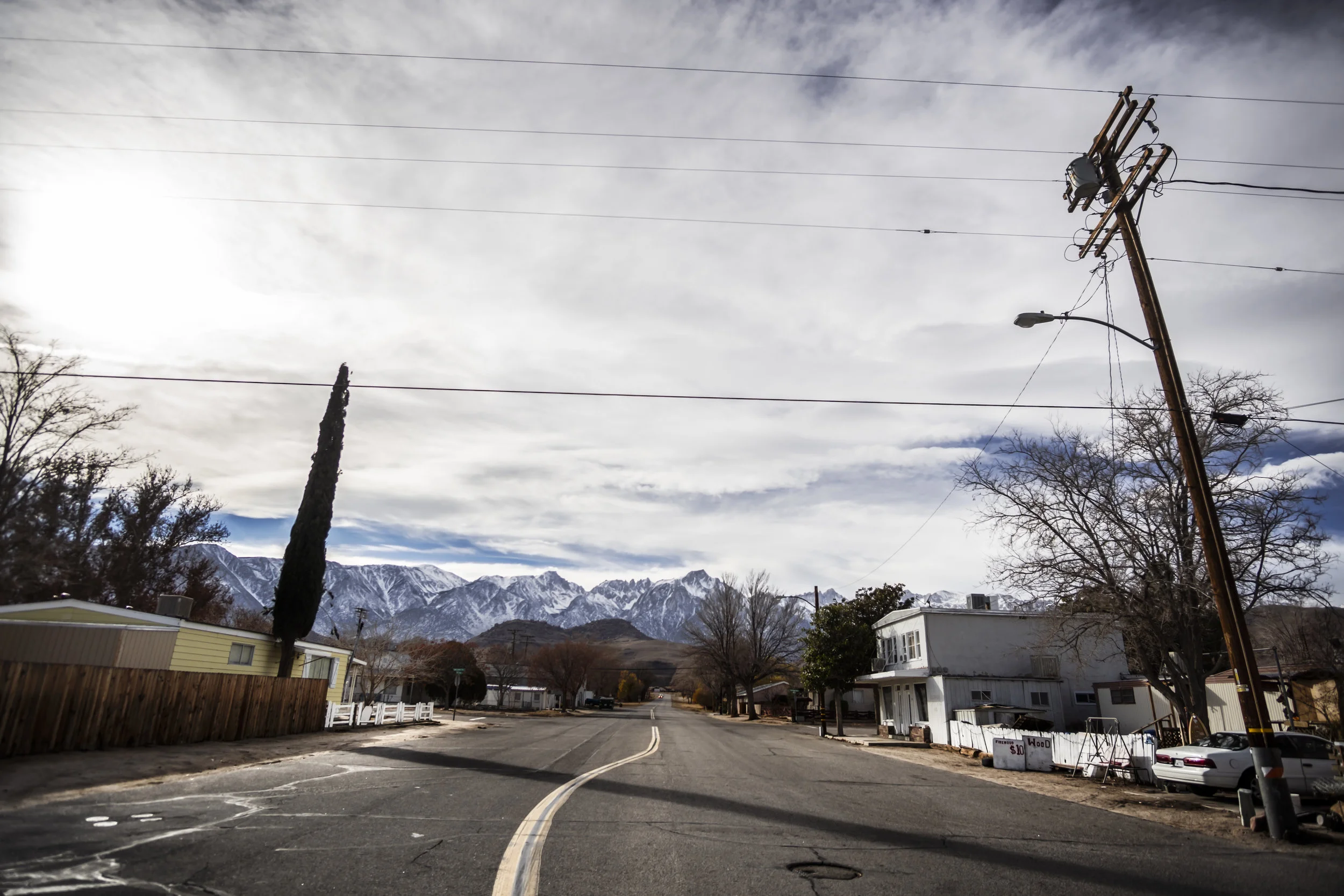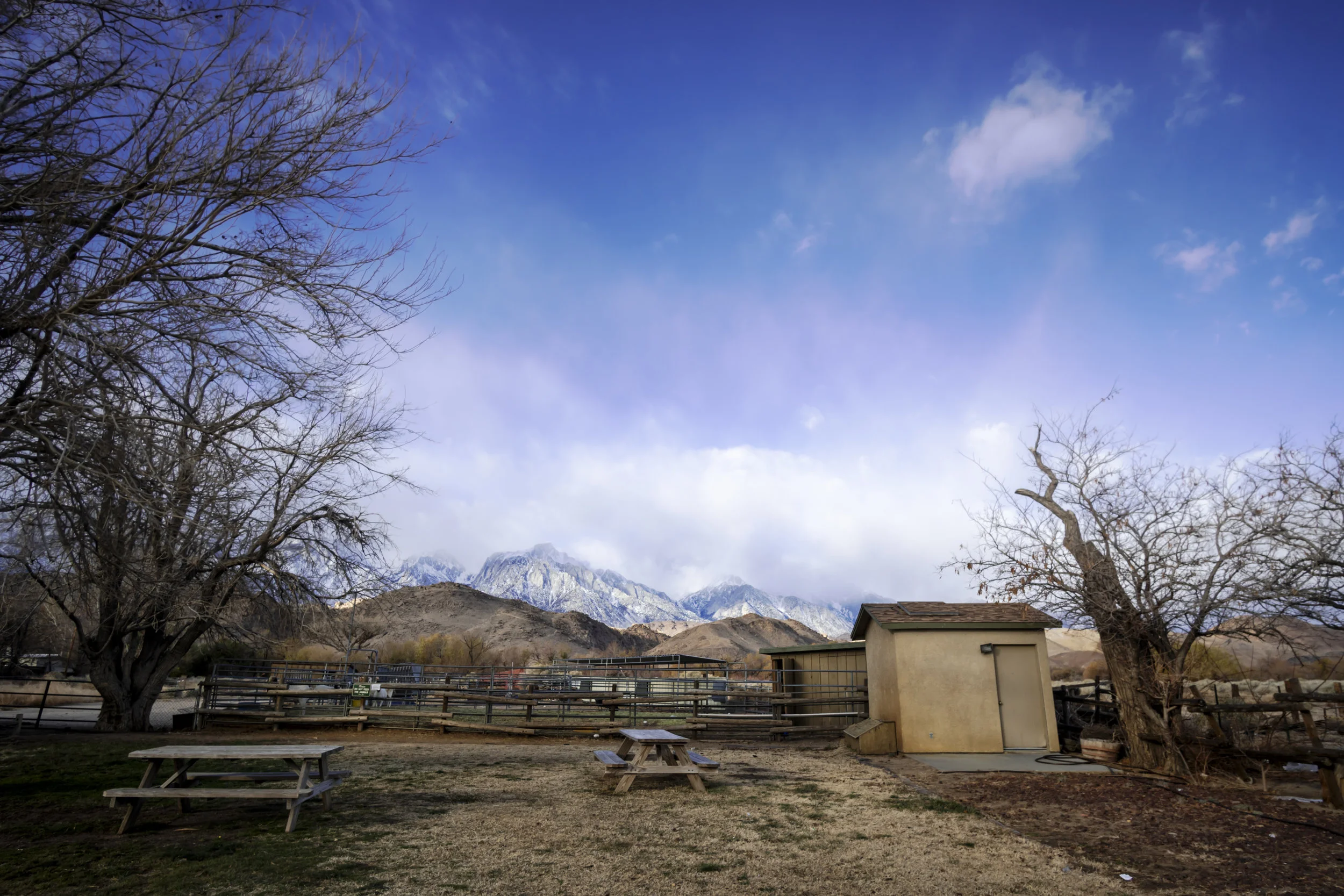For four months over the summer of 2019, while tracing the historic 395 highway through California, I explored the question of how to photograph absence. Navigating an America deeply connected to the land — on one side the theatrics of the Sierras, on the other, the callous beauty of the high desert — are the vestiges of communities defined by resilience and faith. Some can trace their ancestry to the first settlers here.
Yet their way of life has become untenable. Mines have shuttered, agriculture is waning, and new policies, such as California’s recent gas tax, are threatening people’s livelihoods. In towns with populations averaging three to four figures, farmers can no longer afford the fuel they need to maintain their land. Anxious about threats to their second amendment rights (many live a half-hour or more away from police stations) they hold their weapons closely.
People feel left behind, marginalized—the gatekeepers of an America founded on hard work, toil, and religious principle.
What are the promises made that define the American Dream? How do we hold those words accountable? At a time when our national identity is in question, what are the realities that inspire inflammatory rhetoric and a deep nostalgia for the past?
Almost the entire body of work is absent of a human presence. I did this in an effort to place the viewer directly into another’s circumstances.
My inspiration for the project was to reconnect with my memories of my mother, with whom I haven’t had a relationship with for over a decade, by revisiting the places she took me as a child. In doing so, I learned about the adversity and culture that built her system of belief—managing to achieve a sense of understanding, a better perspective for communication, with both her and with a side of my country that many people do not get to see.





